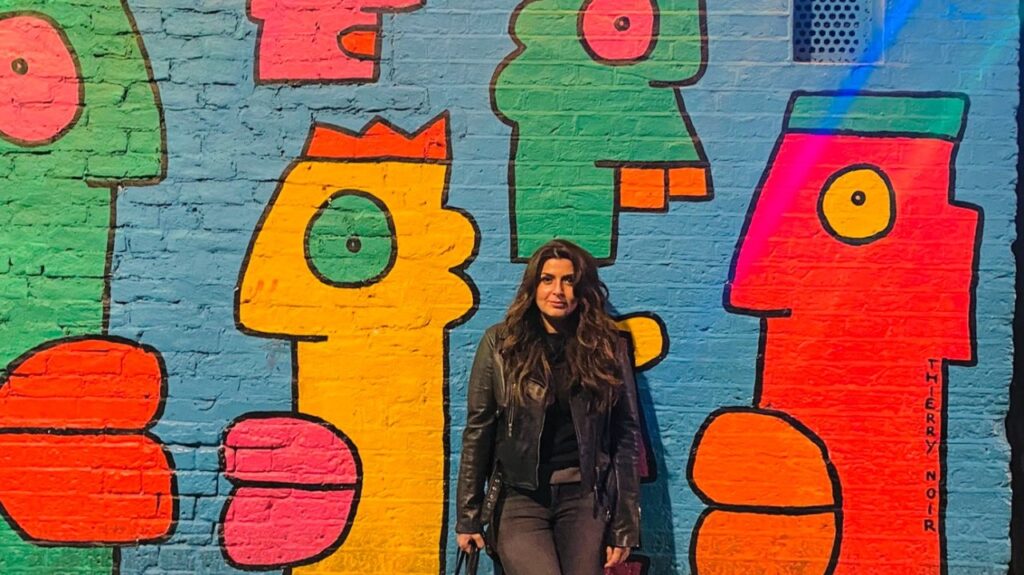
From Vision to Reality: Cultural Placemaking – Building Communities, Not Just Buildings
Blog Three: Cultural Placemaking Series, October 2024
In my previous blog, we explored the transformative power of cultural placemaking as a new paradigm for corporate social responsibility. Now, let’s delve deeper into the practicalities of implementing cultural placemaking, drawing inspiration from successful projects and addressing key challenges.
The Global Landscape: A Network of Creative Cities
The World Cities Culture Forum (WCCF), a network of over 40 cities, is at the forefront of integrating culture into urban planning. Cities like New York, Paris, and Tokyo are leading the way with innovative cultural policies and investments. The WCCF’s recent addition of Lagos further demonstrates the expanding global reach of this movement, highlighting the importance of diverse perspectives and experiences in the ongoing dialogue.
With the upcoming World Cities Culture Summit in Dubai, opening tomorrow (30 October 2024), this dialogue will take centre stage. The summit offers a valuable platform for sharing best practices and innovative approaches. It’s a crucial opportunity for cities to learn from one another and explore how cultural placemaking can contribute to a more sustainable and equitable urban future.
Successful Examples: From Urban Wastelands to Vibrant Hubs
The transformative power of cultural placemaking is evident in cities around the world. Bristol, UK, is a prime example, with its vibrant street art scene and the regeneration of the Harbourside area, transforming a once-neglected waterfront into a bustling cultural quarter with museums, galleries, and public art installations, attracting tourists and boosting local businesses.
Melbourne, renowned for its vibrant street art and cultural festivals, has used cultural placemaking to revitalise its laneways and public spaces. The city’s commitment to supporting local artists has led to initiatives like the Laneway Commissions Programme which includes the largest examples; the St Jerome’s Laneway Festival, which transformed several laneways into stages for a one-day music event each summer from 2005 to 2009 and White Night, an all-night free music and arts event which took over the city’s lanes and streets for people’s enjoyment, commenced in 2013. Art and cultural features supported the laneways as a significant tourist attraction and transformed neglected alleyways into lively art spaces.
Singapore, meanwhile, has repurposed the Gillman Barracks, a former military camp, into a contemporary arts cluster, transforming the area into a destination for art lovers and fostering a thriving creative community. The Gillman Barracks Redevelopment Project is an ongoing initiative that aims to transform the area into a vibrant creative lifestyle hub with enhanced infrastructure, innovative food and beverage offerings, and new lifestyle experiences. The project showcases how cultural placemaking can revitalise underutilised spaces and create a dynamic hub for both artists and the community.
Building a More Inclusive Future: Addressing Challenges
Cultural placemaking is not without its challenges. Funding constraints, gentrification, and lack of community buy-in can hinder successful implementation. It’s essential to:
- Prioritise Authentic Community Engagement: Collaborate with local artists, community groups, and residents to reflect the true spirit of the community.
- Ensure Equitable Development: Balance growth with affordable housing and workspace to prevent the displacement of long-time residents and small businesses.
- Amplify Local Voices: Prioritise diverse stories and cultures, especially from marginalised groups, to ensure inclusive representation.
- Maintain a Long-term Commitment: View placemaking as an ongoing process rather than a one-time project, with continuous evaluation and adaptation.
Moving Forward: A Collective Responsibility
Cultural placemaking offers a unique opportunity to create shared value and foster sustainable, inclusive communities. It’s not about ticking boxes or short-term PR gains; it’s about weaving companies into the cultural fabric of society, leaving a positive legacy that benefits both the business and the community.
As leaders, we have the power and responsibility to drive this change. By making cultural placemaking a core part of CSR strategy, we can create vibrant communities, boost employee satisfaction, and enhance corporate reputation – all while making a genuine, lasting difference in people’s lives.
Join the conversation at the World Cities Culture Summit in Dubai and beyond! What are your thoughts on cultural placemaking as a CSR strategy? How can we ensure these initiatives truly benefit all community members, including the most vulnerable? Have you been part of any successful placemaking projects? Share your experiences, ideas, and concerns in the comments below.
Let’s shape the future of corporate social responsibility together, building more connected, culturally rich, and equitable communities for all. Your voice and perspective are crucial in this ongoing dialogue.
#CulturalPlacemaking, #UrbanRenewal, #UrbanRegeneration, #Placemaking, #CommunityEngagement, #PublicArt, #CreativeCities, #SustainableDevelopment, #CityPlanning, #CulturalPolicy, #CommunityBuilding, #CorporateSocialResponsibility, #SocialImpact, #CommunityInvestment, #BusinessForGood, #WorldCitiesCultureForum, #DubaiCultureSummit, #InclusiveCities, #EquitableDevelopment, #UrbanDesign, #Architecture, #ArtsManagement, #CommunityDevelopment #Sustainability #Dubai #WCCF

